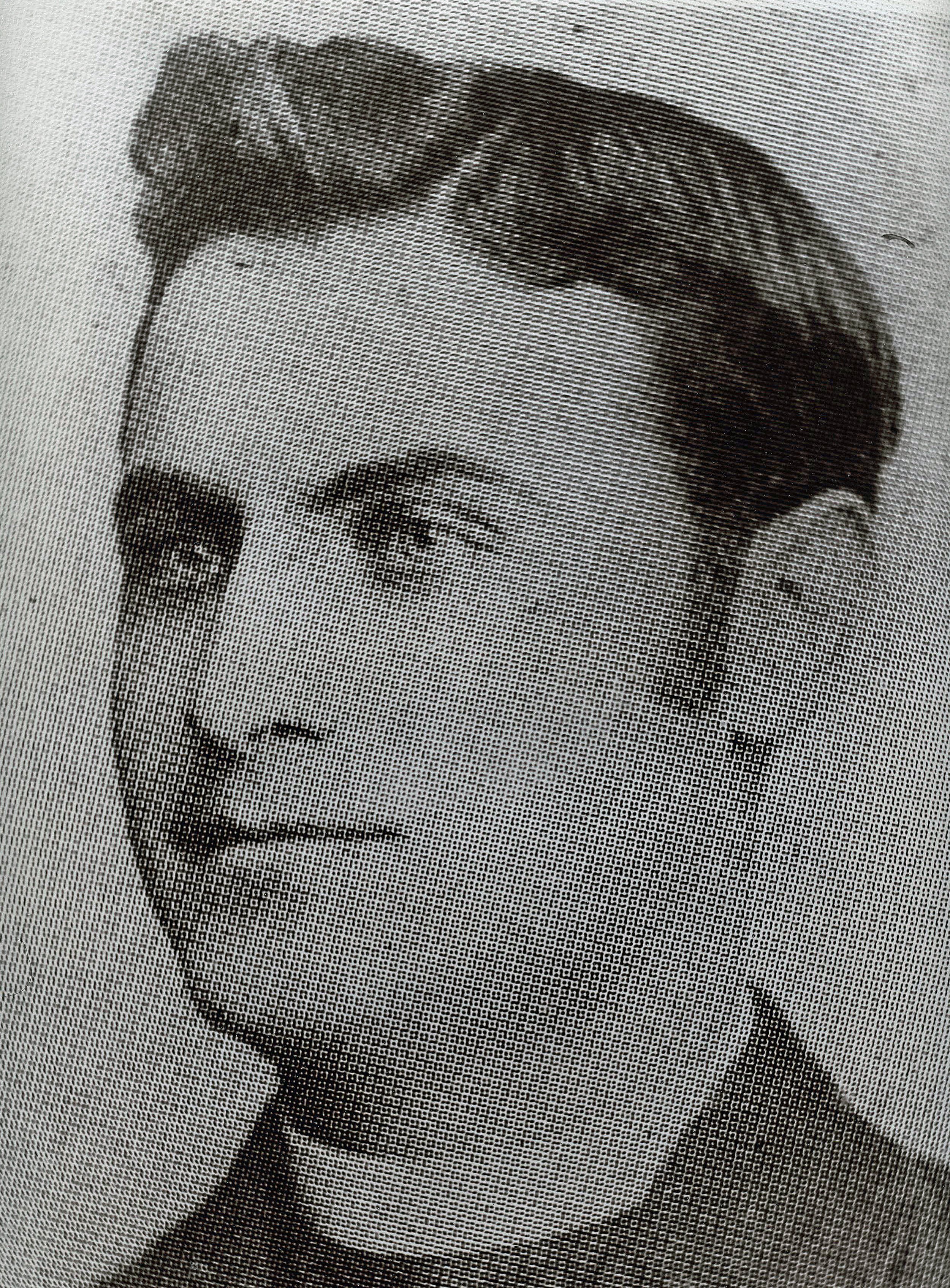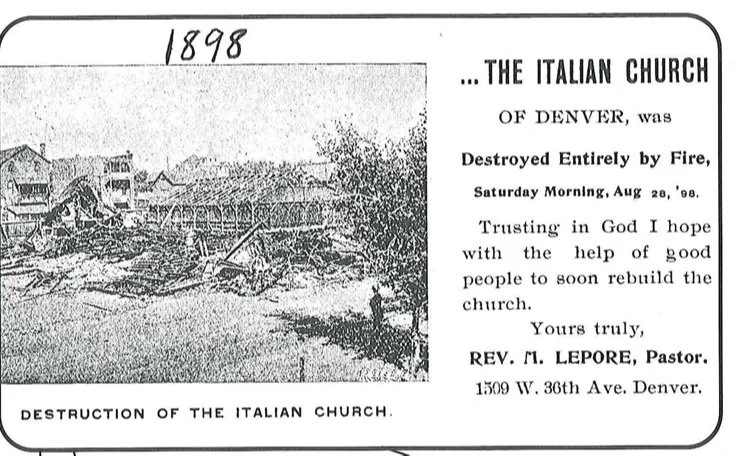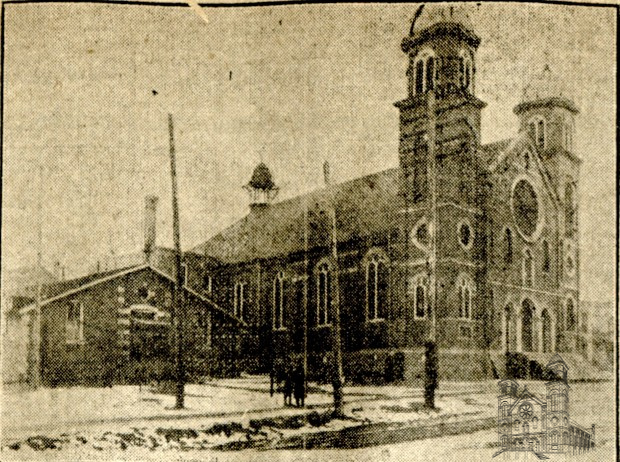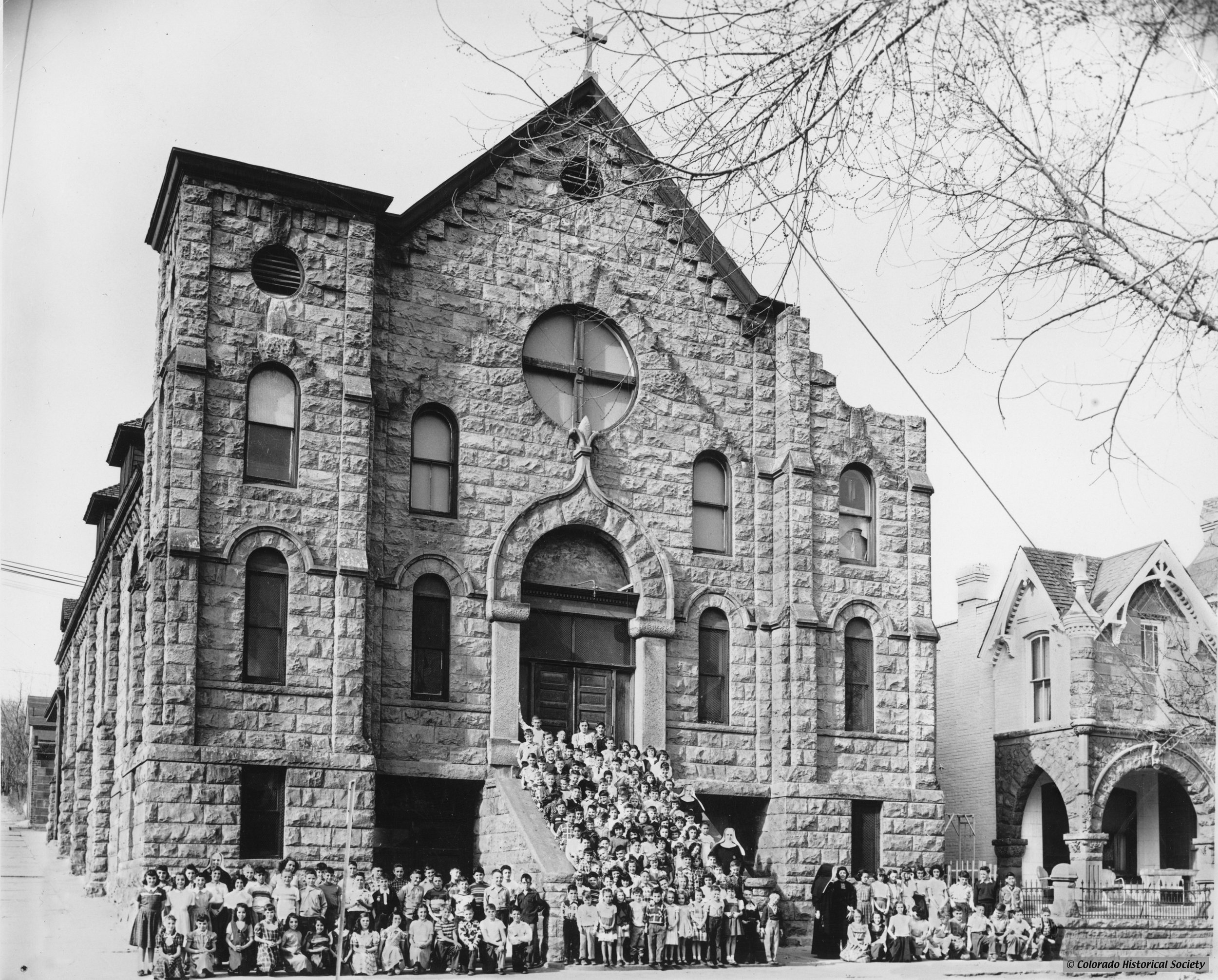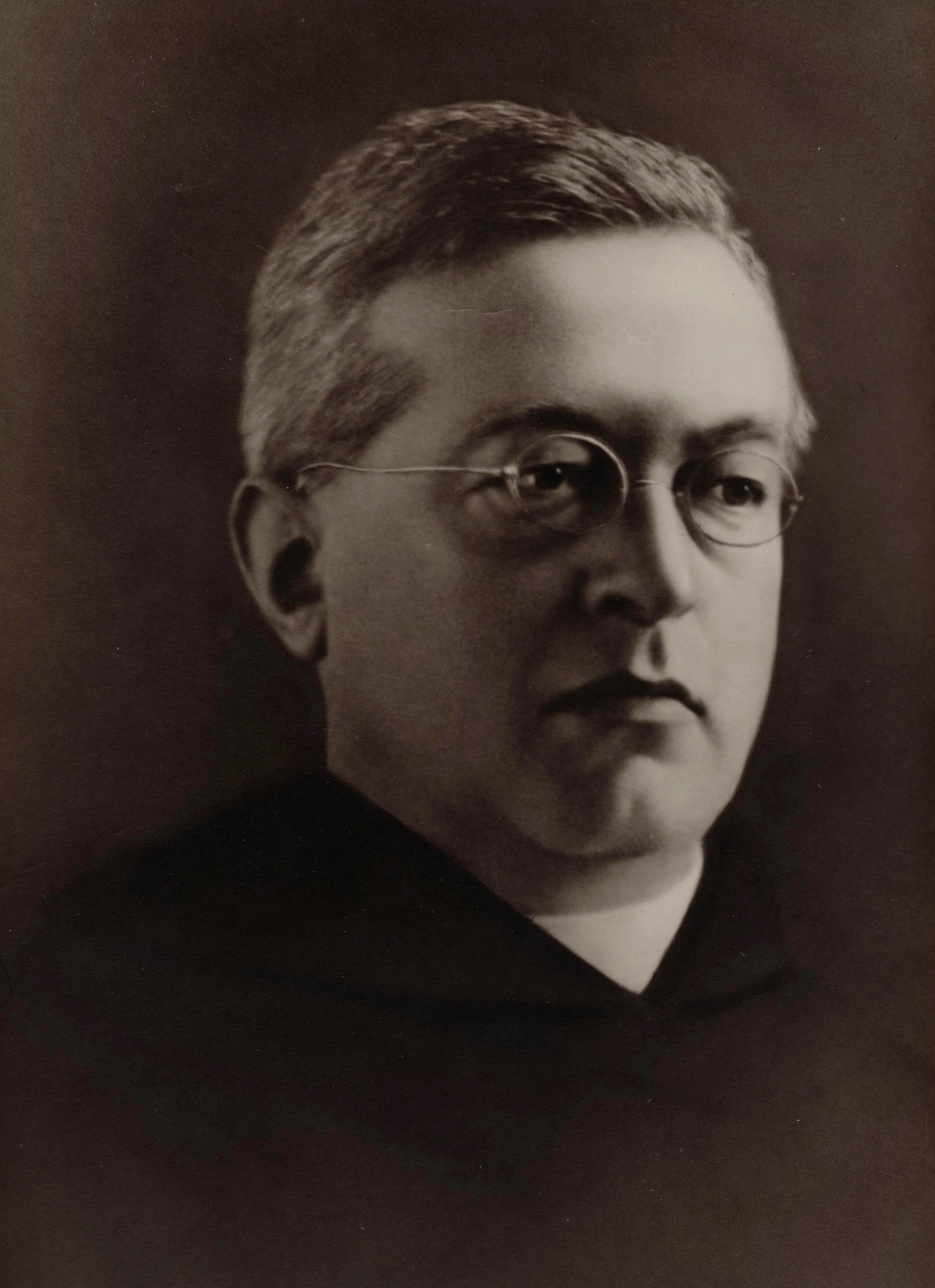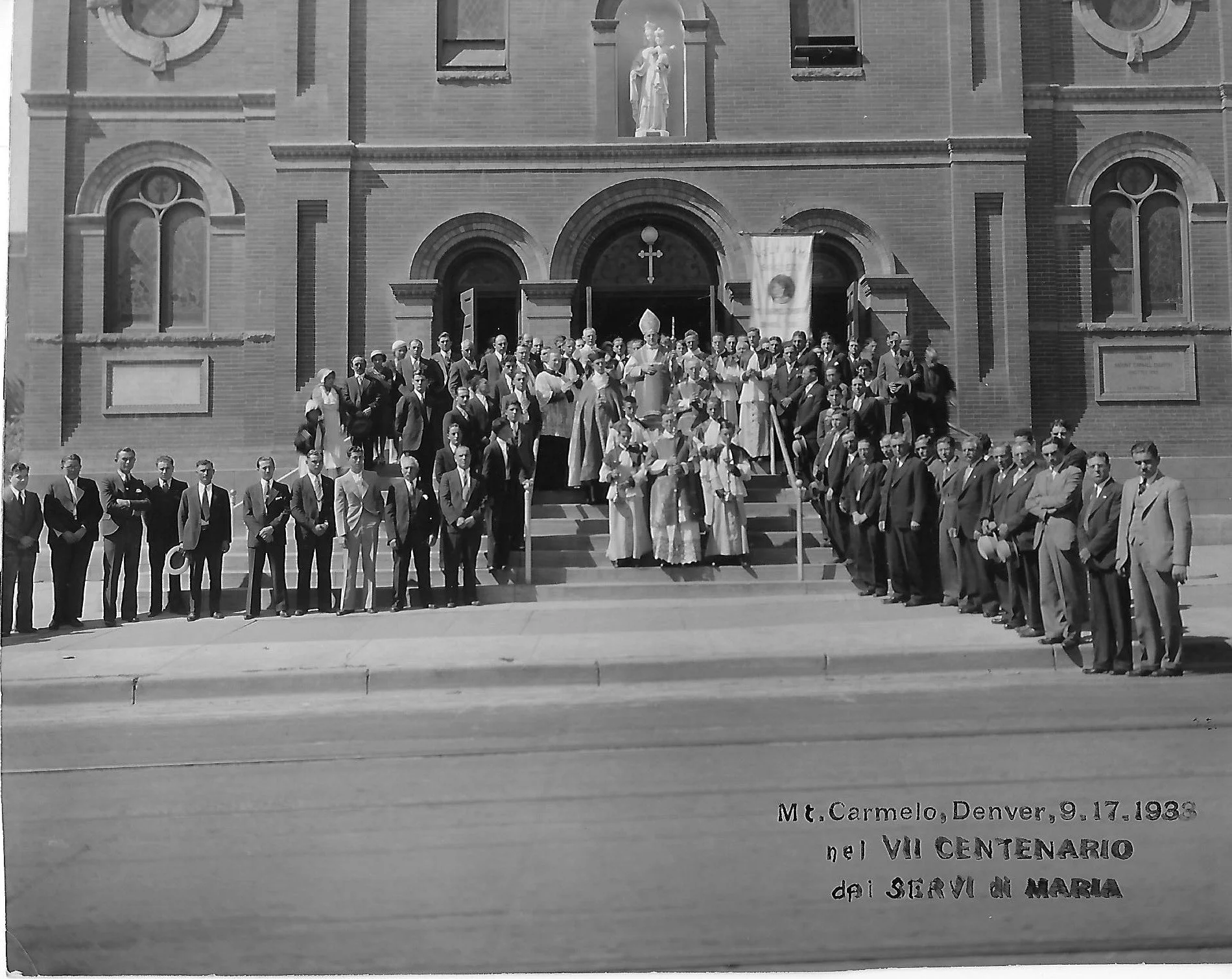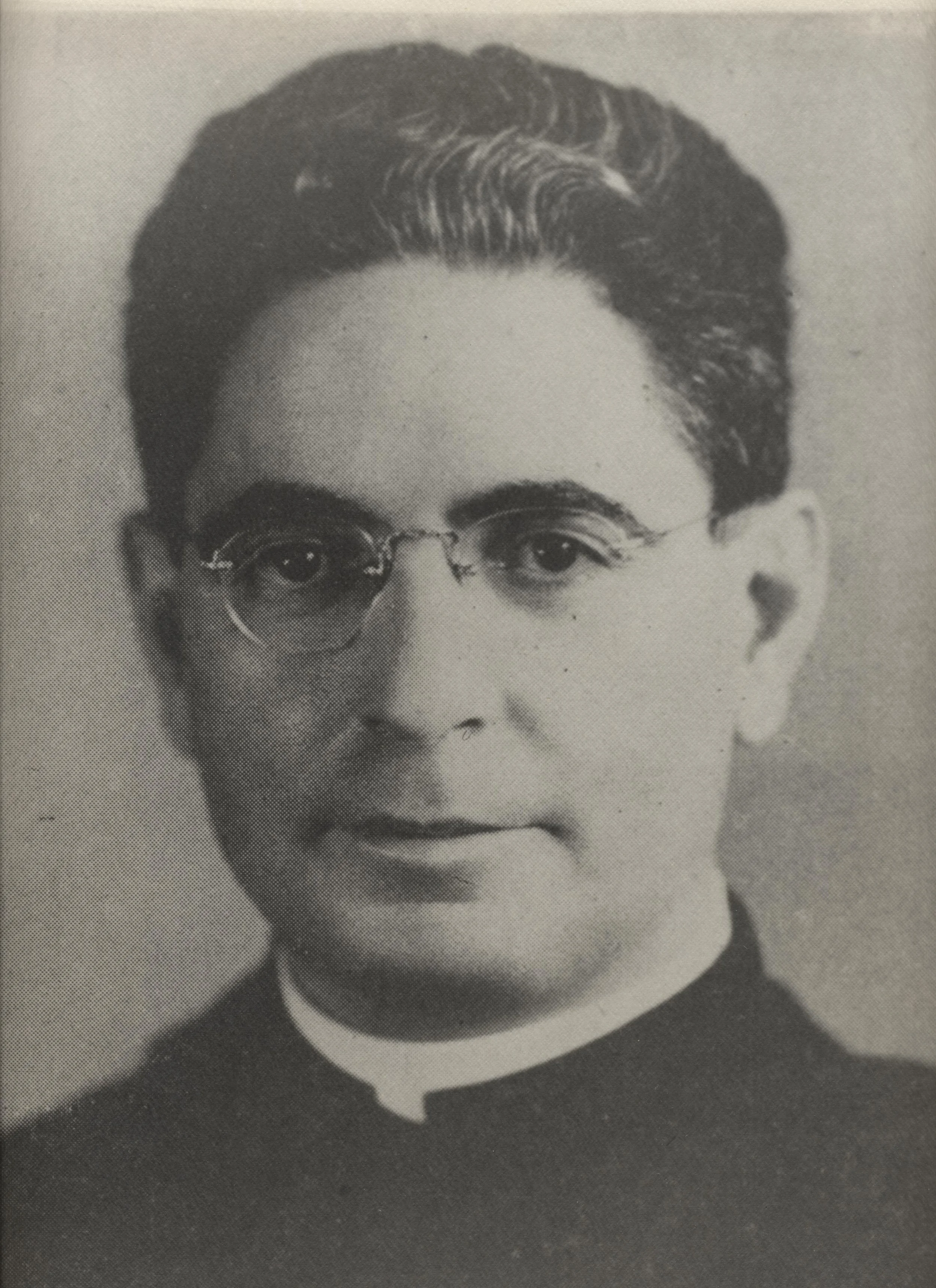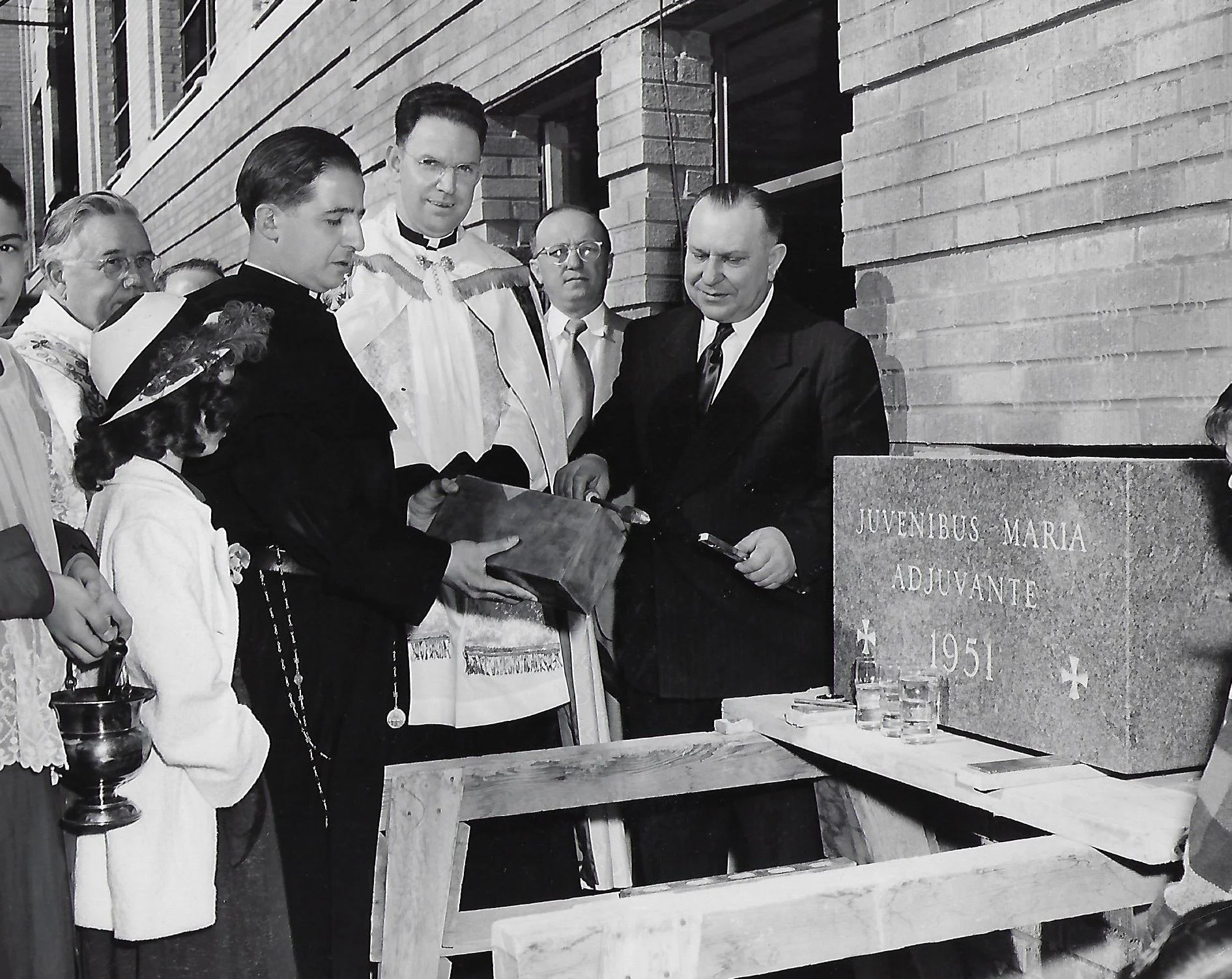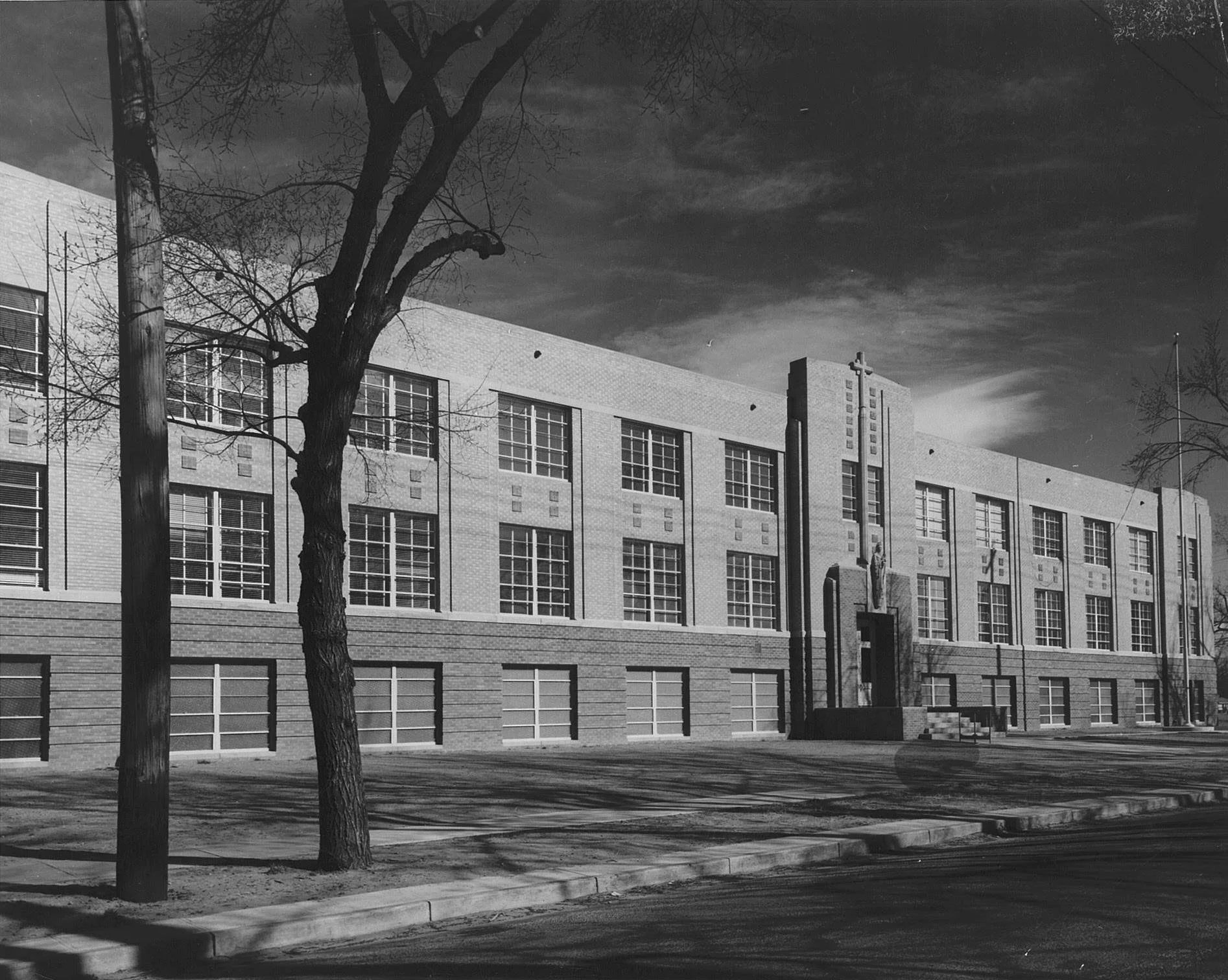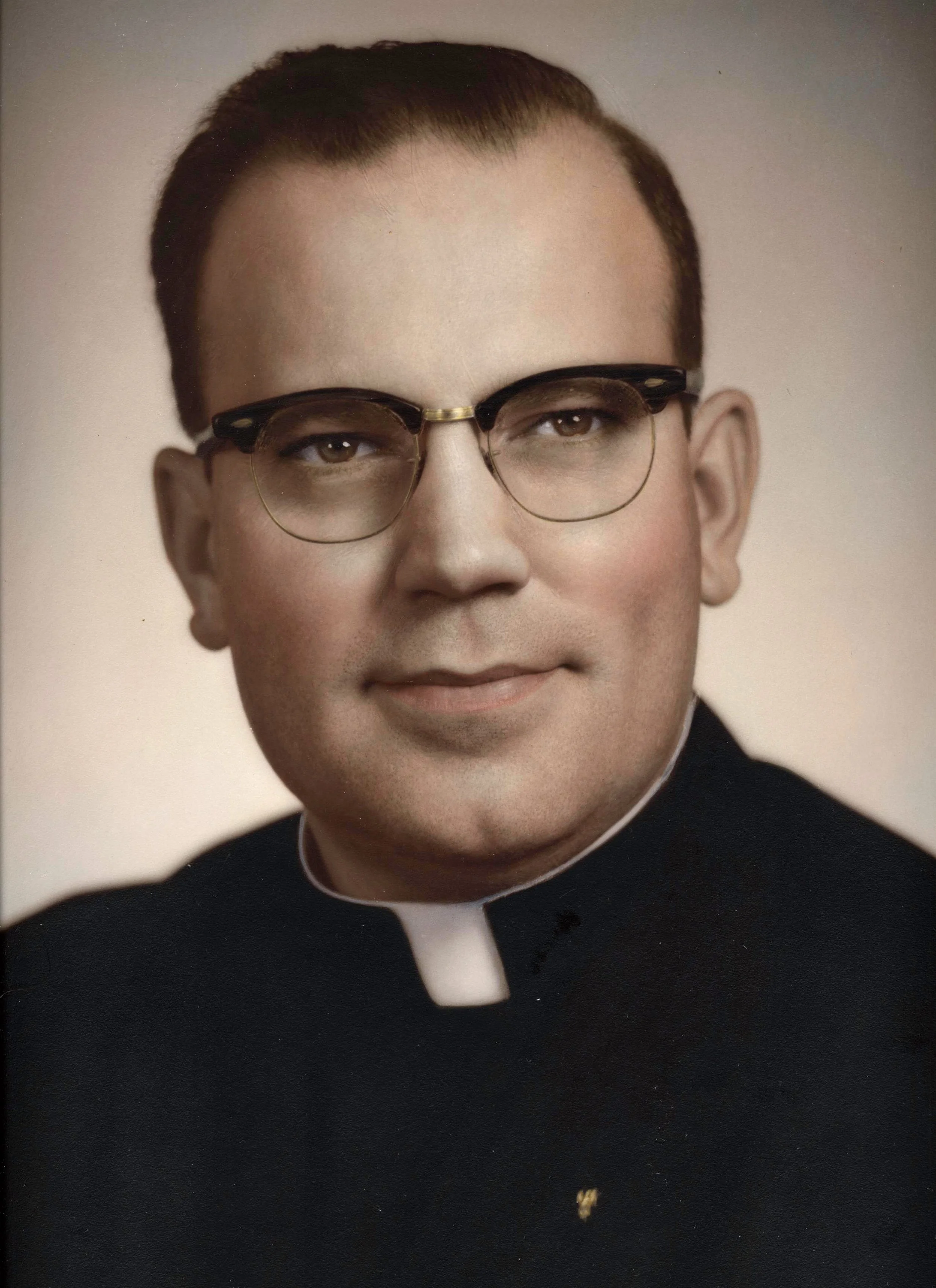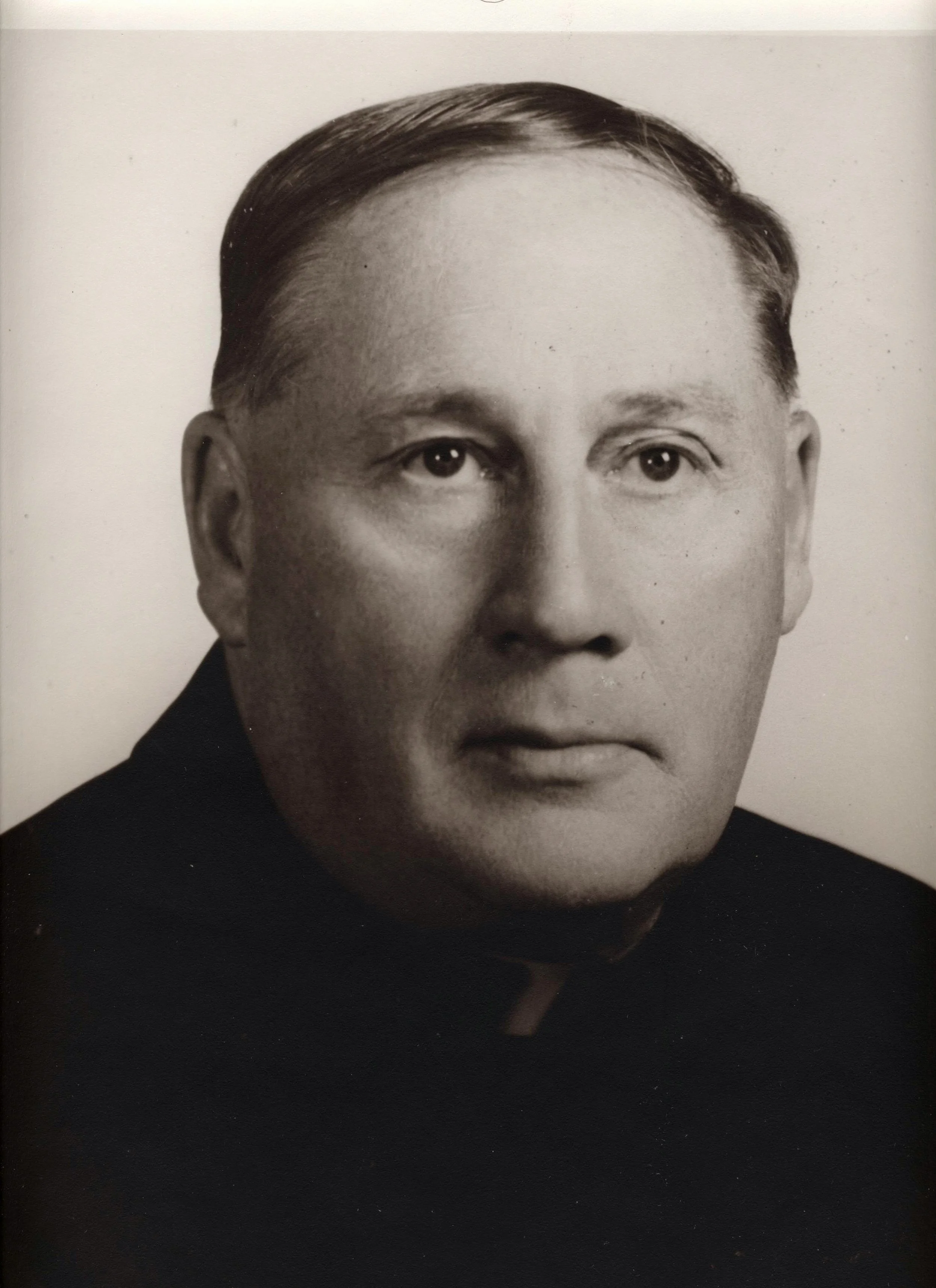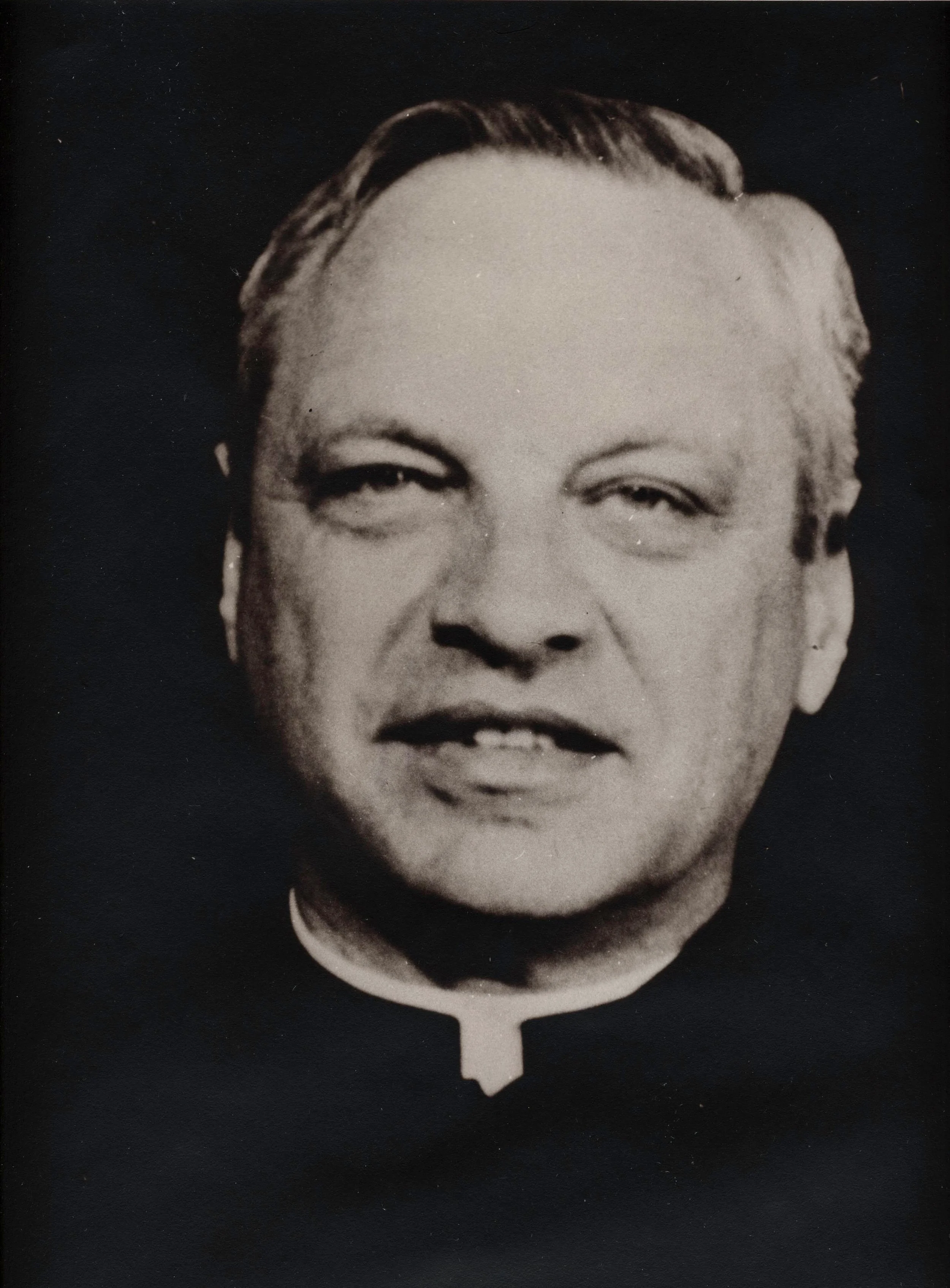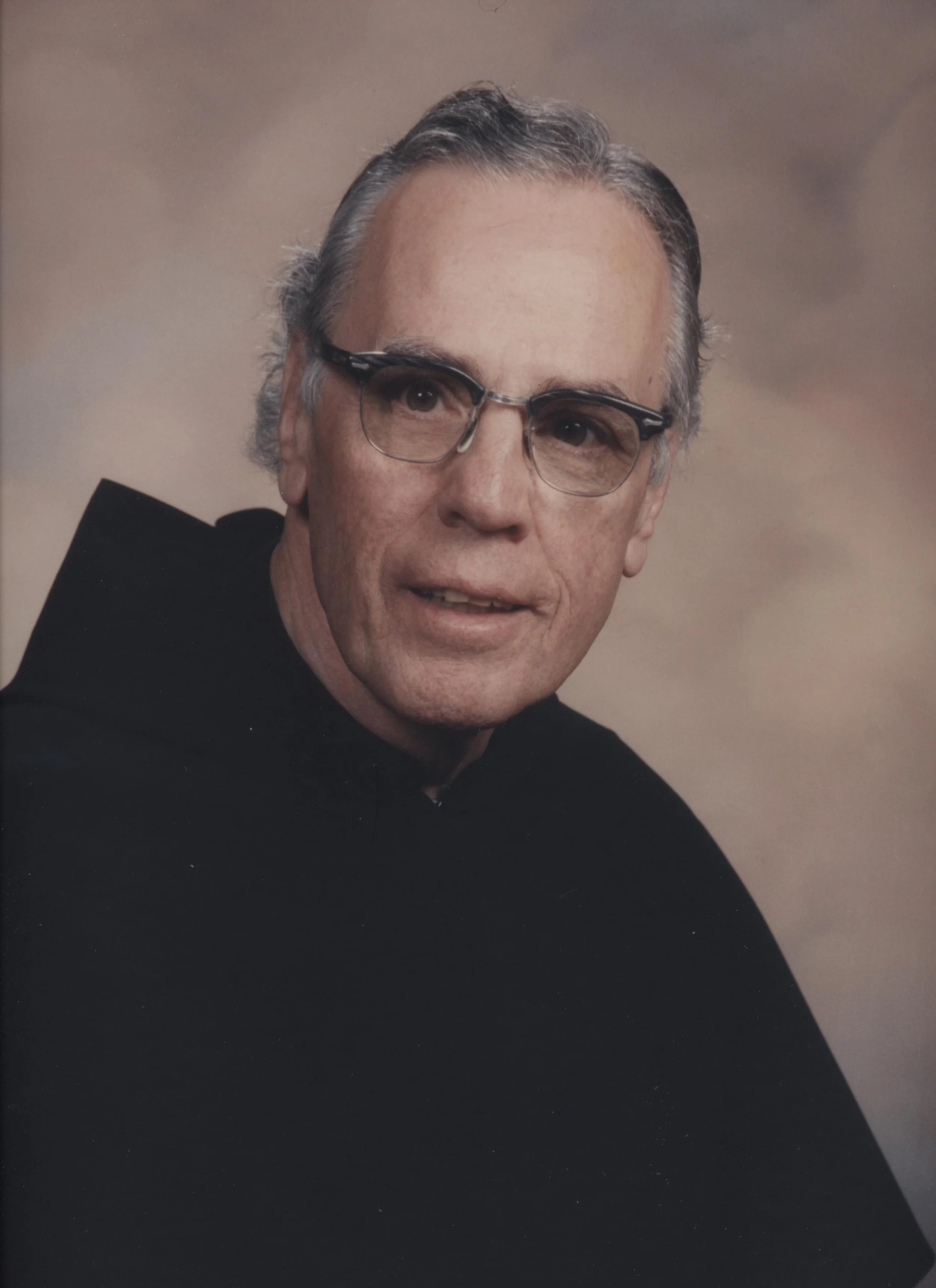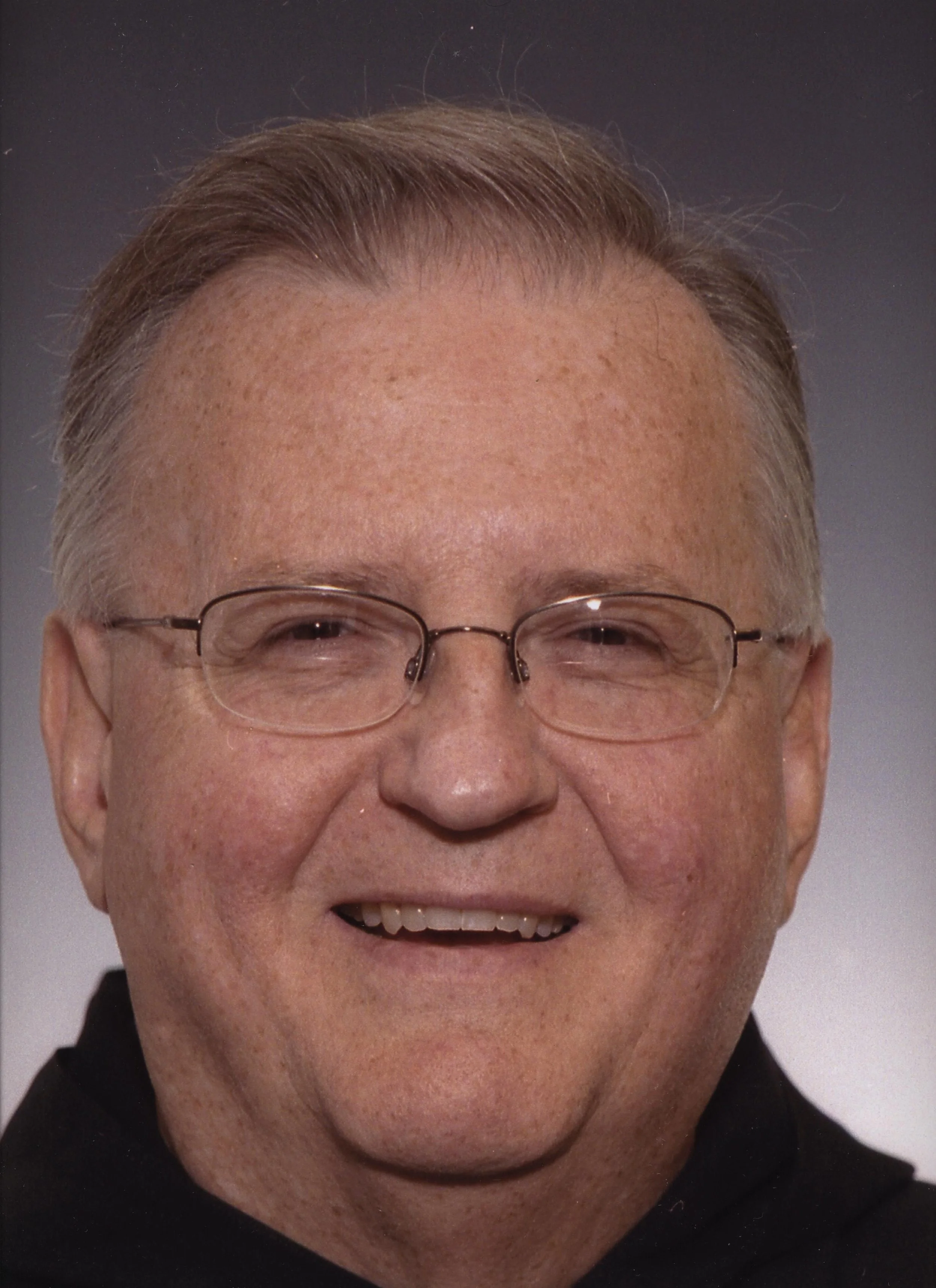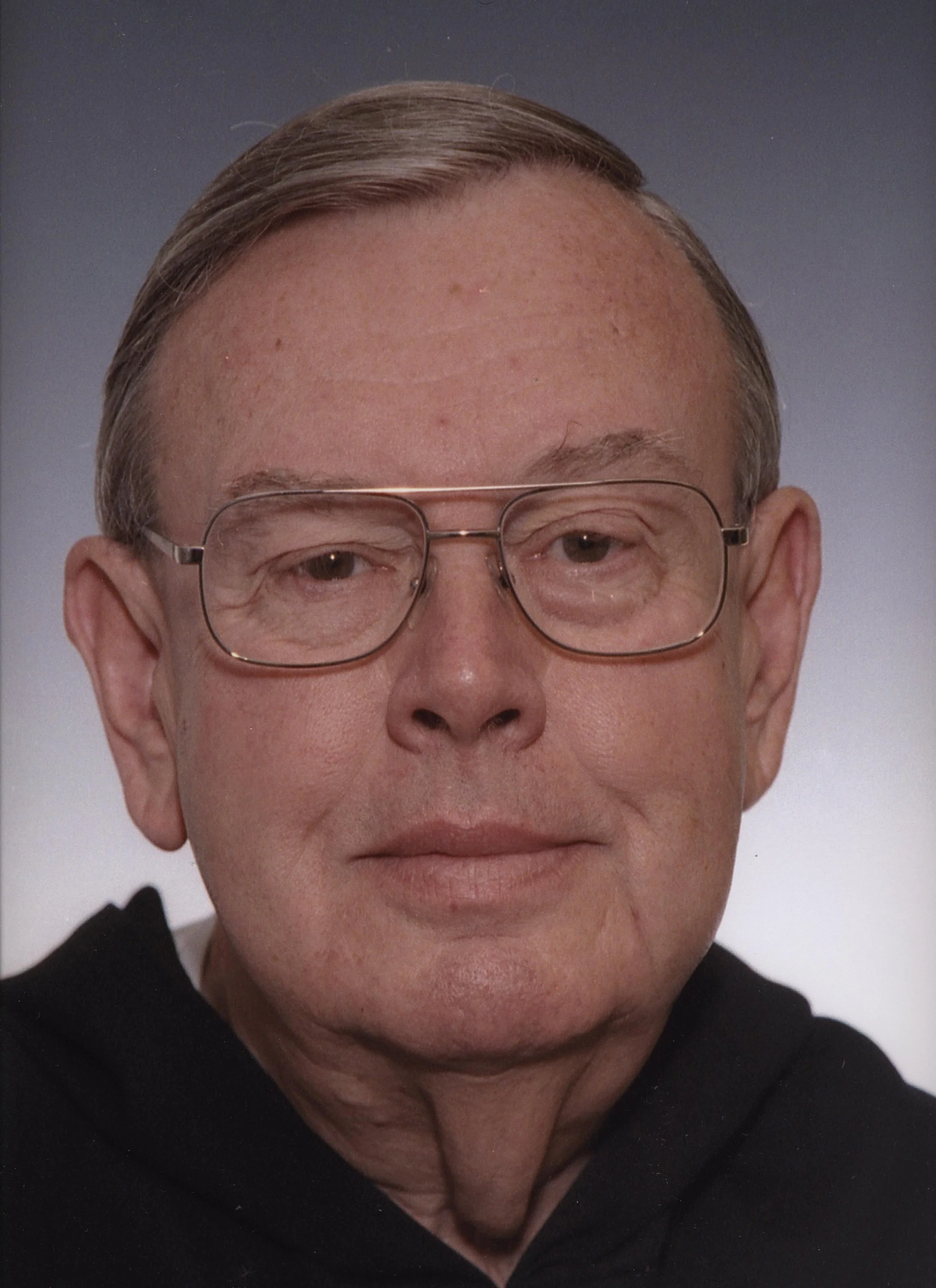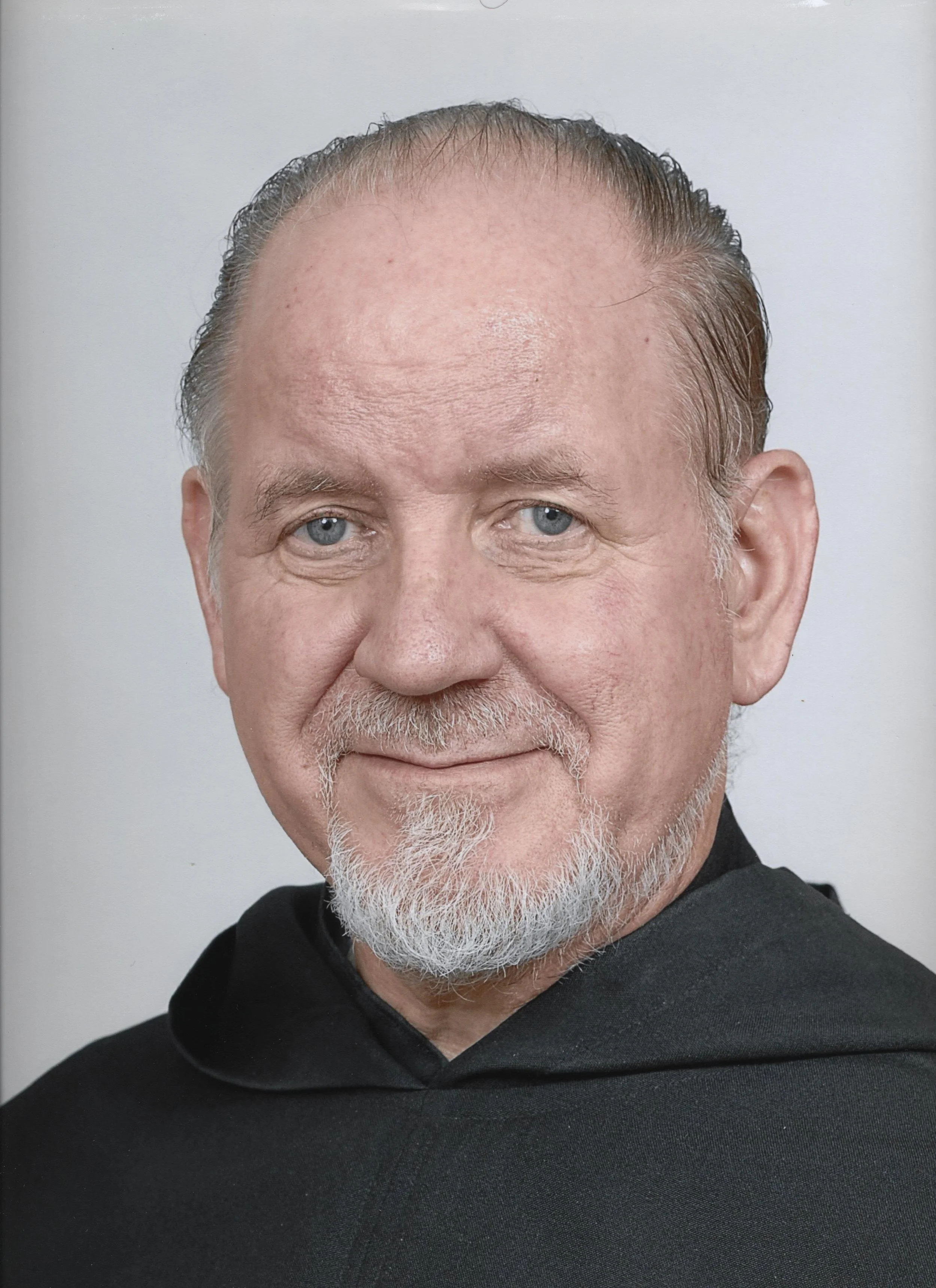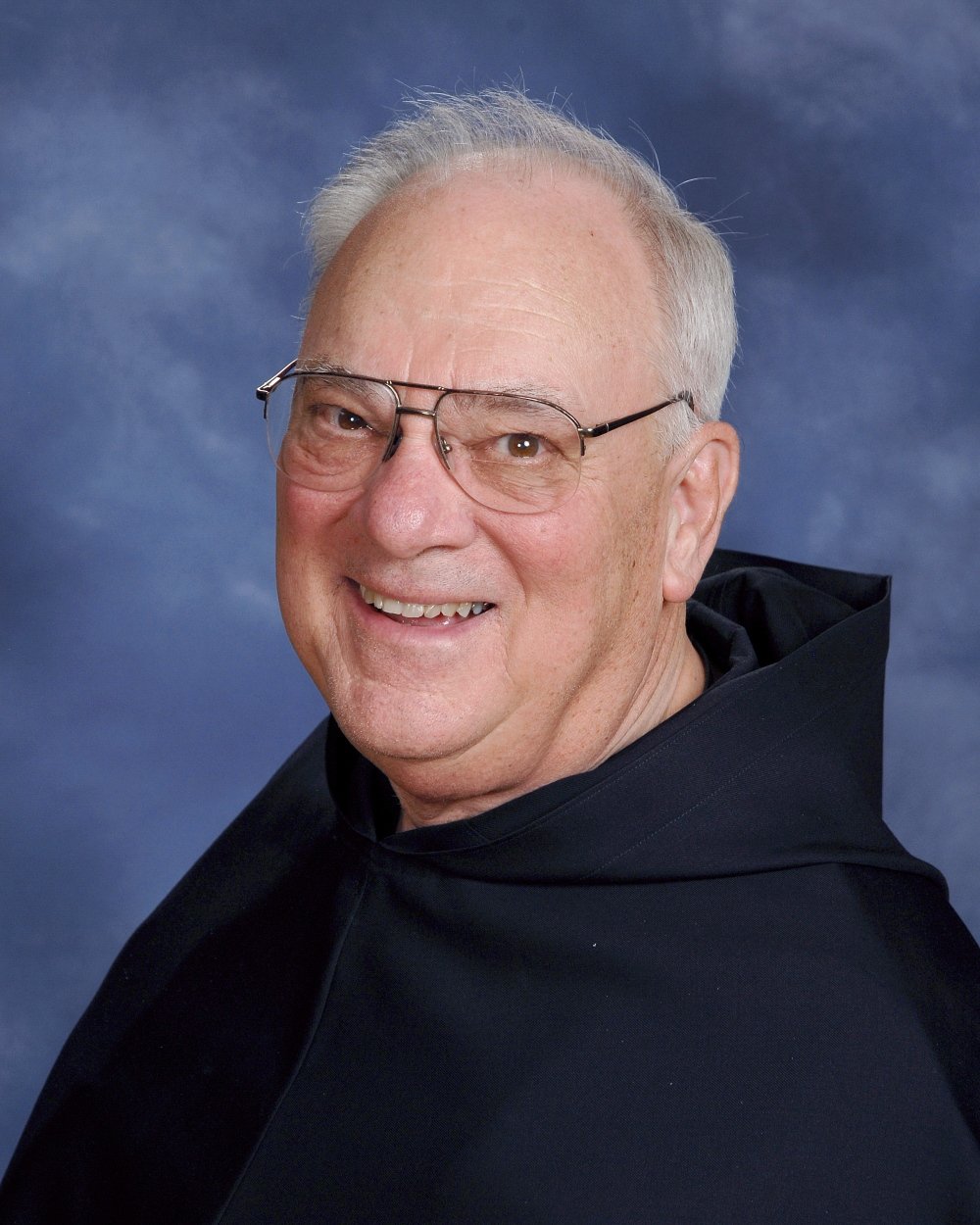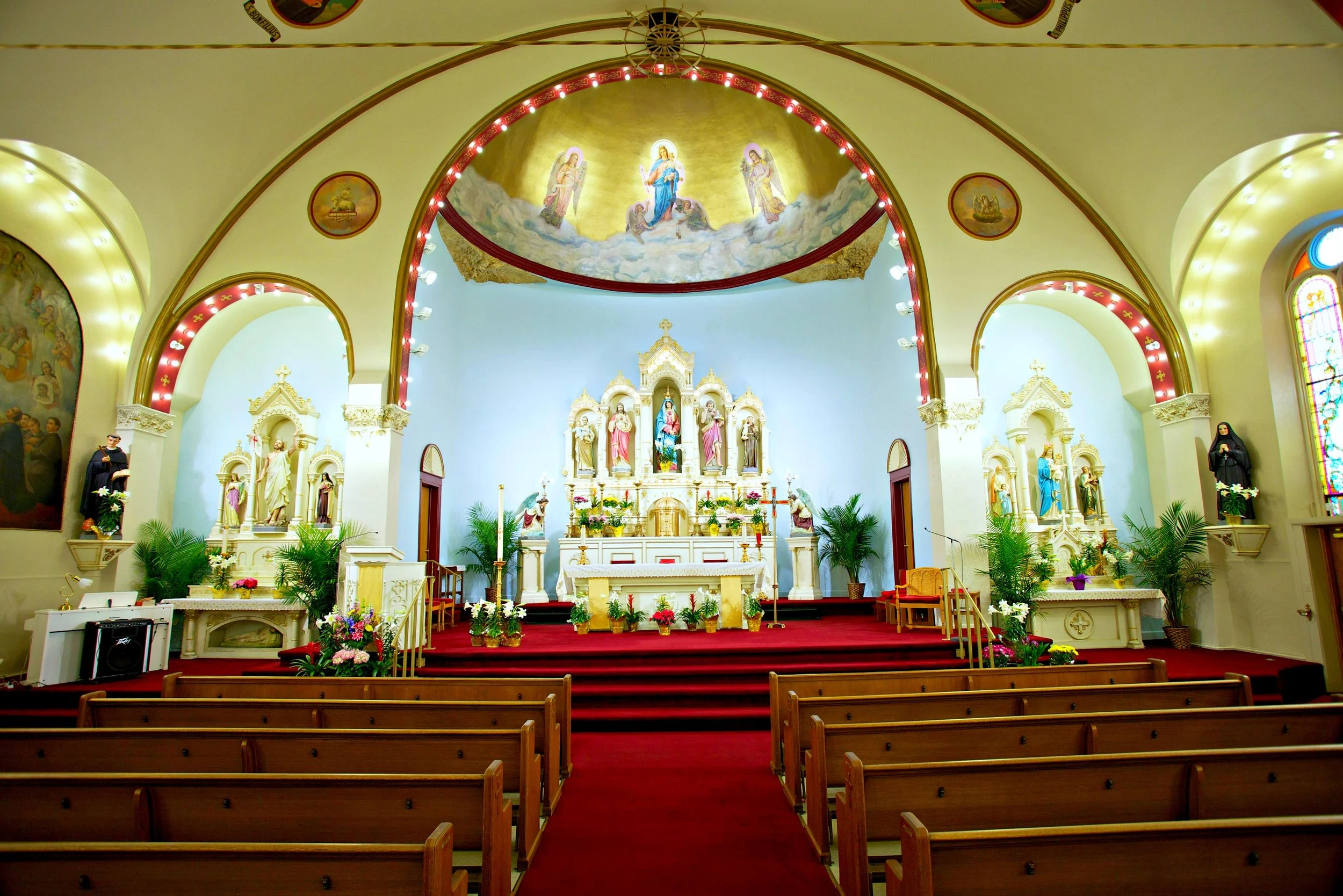Our History
Our Lady of Mount Carmel Italian Catholic Church has a long and rich history. Scroll down to explore our interactive timeline, docuseries, and more!
Timeline
A North Side Story
For our 125th Anniversary in 2019, we announced the release of a three-part docuseries entitled A North Side Story. Each episode explores a distinctive aspect of our church: history, events, and heritage. Produced by Dominic Dezzutti of PBS12 and with the help of our Marketing Committee, we are pleased to present the docuseries here in its entirety.
National Historic Designation
In April 2017, we were placed on the National Register of Historic Places. That November, Auxiliary Bishop Jorge Rodríguez celebrated a special Mass in Italian for the occasion. Thanks to Dominic Dezzutti, VP of Content at CPT-12, we can preserve the memories of the celebration.
A Detailed History
On April 3, 2017, the National Park Service designated Our Lady of Mount Carmel Catholic Church (built in 1904) to the National Register of Historic Places for its architectural and historical significance. The large brick church, dominated by twin square towers with copper domes surmounted by white crosses and defined by a larger-than-life statue or Our lady of Mount Carmel, is “a fine example of the Romanesque Revival (architectural) style” that swept the United States in the late 19th century. Moreover, historians write, Our Lady of Mount Carmel “exhibits long standing and ongoing cultural significance to the state’s Italian-American community, and specifically to Denver’s Little Italy, for its enduring, multi-generational traditions and heritage transplanted directly from Italy.”
Thus the National Park Service recognizes what Our Lady of Mount Carmel parishioners have known for generations: this remarkable church lies at the center of Denver and the American West’s profoundly important stories of immigration, faith, and a resilient community’s simultaneous embrace the traditions of the old country and the opportunities of a new land.
“As Living Stones We Are Built into the House and Altar of God”
We are proud of the church’s grandeur; in the Romanesque Revival Style we see the long story of our faith. And yet, Saint Augustine wrote, the true temple of God is made not of inert rock, but of human hearts, the voices of our parish.
Until the 1960’s, when Denver’s Italian Americans began their exodus from North Denver to the suburbs, the voice of the parish was exclusively Italian and the parishioners almost exclusively descended from southern Italy: the Mezzogiorno or “the land that time forgot.” The braccianti, those defined by their strong braccia, strong arms, arrived first, seeking pane e lavoro, bread and work. They settled in “The Bottoms” along the South Platte River near the bustle of Union Station and the stench of the Stockyards and dedicated their first years in America to securing the funds to retrieve their parents, siblings, wives, and children from the poverty, overcrowding, limited life expectancy, and natural disasters that had long plagued southern Italy. Mother Frances Cabrini – the Italian born founder of the Missionary Sisters of the Sacred Heart, first American to be canonized, an early patron of The Mount Carmel School and Queen of Heaven Orphanage, called to Denver to bring “the holy joys” to “our poor emigrants”- wrote that the hard work involved in building Denver and the American Wets “the hardest labour is reserved for the Italian worker” (Voyages (1906) qtd. In Cabrinian Colorado Missions, 9) The Italian workers said simply “America è icci,” “this is America,” America is here” holding up their work-stained hands (qtd. In Gambino, Blood of my Blood, 84).
Our Lady of Mount Carmel Church is a spectacular crowning testament to this hard work. As they were financially able, and as they were joined by family, these Italian immigrants migrated from The Bottoms north and uphill to what became “Little Italy.” By 1900, over 3,000 Italian immigrants lived in North Denver. Our Lady of Mount Carmel Church and its numerous satellite social and educational services became the emotional and geographic center of this community. Its bell, fondly christened “Maria del Carmelina” by parishioners, could be heard throughout the neighborhood. The bell was North Denver’s “heartbeat,” one immigrant son remembered regulating life in Denver “the way church bells did in the old country.”
The southern Italians had left an old country in which church and state were indistinguishable. The Catholic Church was the preeminent institution in their lives. Saints’ days and feast days marked the passage of a year. Church rituals – births, baptisms, first communions, confirmations, graduations, marriages, funerals-marked the milestones of a life. The laws and rituals of the Church guided their lives and their decisions. The immigrants did not relinquish this hold when they became American.
Holding on, however, was not always easy. The first wave of Italian immigrants to North Denver found only the Irish-Catholic Saint Patrick’s Church, where priests did not speak their language and were unfamiliar with the uniquely Italian liturgy. This first wave organized in 1891 as the Mount Carmel Society, under the leadership of Father Mariano Felice Lepore, and devoted their considerable energy and less-considerable money to construction of a neighborhood church. Dedicated on Palm Sunday in 189, this simple wood church burned down only four years later. The Denver Times reported that all of Little Italy mourned: “ ‘Santo Rocco mio; Madonna mia; che disgrazia’” (August 27, 1898).
And as surely as they mourned, they rebuilt more solidly, more substantially, of fire-proof brick and plaster – a church that would endure at the center of their and their American descendants’ lives. Denver’s Frederick William Paroth designed the new Our lady of Mount Carmel Church, Frank Kirchoff supervised its construction, and, on December 19, 1904, Bishop Nicholas Matz of the Archdiocese of Denver celebrated its Dedication Mass. Bishop Matz anointed the high altar with holy oil and intoned, in communion with its congregants, the ancient antiphon of the Feast of Dedication: “Open wide the doors and gates. Lift high the ancient portals. How lovely is your dwelling place, O Lord. “Prior to the high Mass, he joined his “singing, flag-waving, flower-carrying” parishioners in a celebratory parade through the streets of Little Italy. It was, historian Thomas Noel reports, “a bright, sunny ‘Italian’ day.”
In the likeness of Things Divine”: Romanesque Architecture
Our Lady of Mount Carmel Church marks the entrance to downtown Denver, its bell towers and copper topped domes clearly visible from Interstate 70 and of old North Denver know the church as a gateway and beacon; when we see it, we know we’re home. Historians, however, remind us that the church’s architectural significance extends beyond this appreciation. In its architectural form – its domes, arches, elaborate murals and statuary, symmetrical bulk and majestic presence – Our Lady of Mount Carmel tells a story extending to ancient Rome.
In the first decades after the death of Christ, practitioners of the early Catholic Church added the “Roman Arch” to the small scale of the ancient Greek Temple, allowing grand spaces to be spanned in a material reflection of the Church’s grand sweep; this same arch spans Our Lady of Mount Carmel’s entrance and defines its naves. Upon the fourth century transfer of the seat of the Roman Empire from Rome to Byzantium, the dome entered Catholic architectural vernacular; we see echoes of Byzantium in Our Lady of Mount Carmel’s copper-topped domes. By the 12th century, as the darkness of Europe’s Middle Ages lifted, church construction resumed in what became known as the Romanesque tradition: a conscious modeling of the grand public structures of ancient Rome and the early Church. The Romanesque tradition is replete with iconography: with murals and statues that testify to God’s presence on earth and with the elaborate gilt embellishment that honors St. John’s directives that the “tower of Jerusalem shall be built up of jewels” (Roman Breviary, Reformed). The interior of Our Lady of Mount Carmel is a jewel box. Finally, Catholic immigrant communities across the United States manifested their connection to the Old World, to Rome, and to the first Church with their revival of the Romanesque tradition, modified to incorporate local building materials: a modern Denver “accent” to an older, larger story.
This ancient story and the more-local and more-modern “brick city” accent are read in the architectural lines, the interior iconography, the doomed towers, the uplifted crosses, and the brick construction of Our lady of Mount Carmel Church.
An entire generation of Denver’s Italian immigrants never learned to drive – they had no need. Everything they needed was in North Denver: their jobs, schools, businesses, ballparks, social organizations, parochial schools, and – at the geographic, cultural, and emotional heart of this community of faith and blood – their church. Again and again, Denver’s Italian-American community confirms the centrality of the church to their lives and their families’ stories. Parishioners report their membership in the church’ s fraternal organizations, their hard work in support of the church festivals and bazaars, their baptism and marriage in the church where their parents and their parents’ parents were baptized and marries (Zahler, Italy in Colorado, passim). It was there here that Denver’s Italian Americans saw the history of their community manifested most clearly. One third –generation parishioner remembers that “the immigrant women wore black, prayed the rosary aloud, and responded to the invocations in Italian. The second-generation, born in America, wore colors and pill-box hats, prayed more quietly, and responded to the invocations in English”. (Daly, Bellezza di Mamma, 77). And yet, they prayed together – and continue to pray together. Here, the National Register designation affirms, is a significant piece of our nation’s story: “first, second, third, and even fourth generations of families are parishioners; the parish is a maze of interrelated people whose lives have been all been closely associated”.
This continuity and active participation belies rapid changes in the neighborhood. The streets surrounding Our Lady of Mount Carmel are less Italian these days. Many of the descendants of the first generation of Italian immigrants have moved to the suburbs, replaced most recently by a younger and more ethnically diverse population. The parish has adjusted. The old families continue to be dedicated Mount Carmel parishioners, commuting from the suburbs to Mass, supporting all church functions and activities, and welcoming the new residents of old North Denver to the congregation. As the neighborhood changes, the church remains constant.
Thus did Saint Augustine envision the one, holy, catholic, and apostolic Church. Inclusion on the National Register of Historic Places honors both the inert rock and the human hearts that have made Our Lady of Mount Carmel the centerpiece of a community for over 100 years.
Prepared by the National Register Nomination Committee (Frances Coloroso Daly, Sharon Losasso Johnson, Bob Kochevar) and Ann Emmons with the support of Rev. Hugh M. Guentner, OSM, Pastor. Published in October 2017 issue of Andiamo newspaper.
View the National Historic Registration Detail for even more information.


